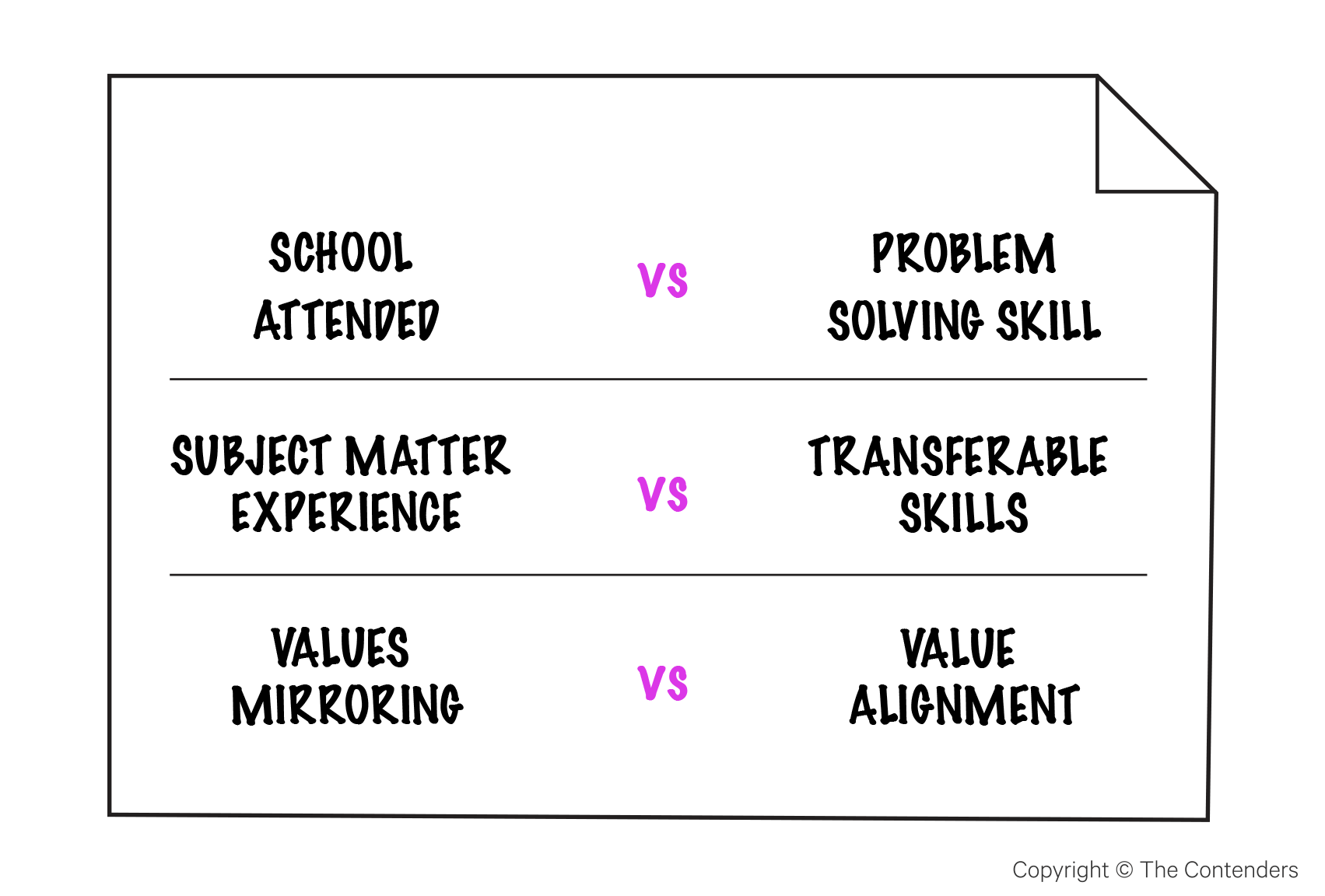EBs versus EVPs: why is this distinction the key to returning to work?
Left to our own devices, most of us would pick a life of tranquillity rather than turmoil. As we get into the meat and potatoes of the new year it is quite clear that the year of the rabbit (check) is not going to be the year tranquillity wins. Much like a teenager causing an argument at the dinner table over why we keep buying meat (forgetting that what’s there is actually plant-based Tofurkey), the death of dialogue in the digital age tends to accelerate the problem technology sought to solve. Good thing we got captain Scomo at the wheel.
The age of disruption is moving from more benign things like how I order my groceries (17% of all USA groceries are now purchased online) to more grave things like the geopolitical world order (as youthful weakened western democracies meet ageing and failing east autocracies for unpleasantries in the Ukraine). It’s not like things were going swimmingly prior to the pandemic but it has brought two unique challenges of its own. The re-emergence of the slain dragon inflation in advanced economies and the death of the industrial era in the workplace has changed the social contract between employers and employees.
A resignation or a realignment?
March 1st marks the point (WA true to form is three hours behind) working from home under Government mandate becomes work from home under one’s own direction. Some won’t come back and some already left but where we find ourselves is much more a major realignment than a mass resignation.
The question to ask is not why people left but who is doing it. The fight for staffing is really on the front line of business where employees are less likely to find purpose in their work and by their nature are more susceptible to attrition. Making coffee is fun until it is not.
Broadly, in advanced economies, the quit rates are exactly the same as they are in more normal times. In the States, for example, 4 million Americans quit their jobs a month in 2012 and still do in 2022. The real resignations are from low wage workers switching to better gigs with better pay, older workers deciding another round of golf is better than another round of management team meetings, and employees deciding they would rather be the employers and bailing on corporate life to embrace their own start-up micro-businesses.
This also shows up in the inflation figures where most wage inflation is trapped in lower-paying jobs struggling for talent. The simple truth is people stay for meaning but leave for better pay and more meaning. Employers are going to have to be careful to avoid overreacting to inflation in some sectors that are not hitting the economy more broadly. They will be better off controlling their own employees’ successful return to a new working world.
Compensation vs opportunity
In one of the articles linked below, return to work is framed through the analogy of redeployment. We sent our workers into one front line at home and now are asking time to establish another in the ‘new’ normal. This rings true as the job to be done. The strategic mistake many will make in executing this part of the mission is in misjudging the external culture of the day as representative of the internal culture that you have carefully constructed over time.
Are you trying to EVP the wrong thing?
The biggest issue we see time and time again in the Employer Brand/Employer Value Proposition (EVP) space is failing to make the distinction between your reputation as a potential employer versus the value you offer to those who work inside of the organisation as actual employees.
One is linked to the culture of the day (employer) the other is how you differentiate yourself and create competitive advantage for your organisation (EVP). We wrote about this in a previous article on ‘marshmallow’ brands and the imperative to always frame the right problem to avoid mushy results, which you can read here.
Baselines vs differentiators
The challenge is in understanding the overlap between aligned incentives and shared understanding. The best way to solve it is to ask yourself how do you deliver against cultural norms in ways that create differentiation for your company.
It used to be that the answer to this was for an employer to figure out the ideal prototype employee based on what worked for them previously rather than what works for the possible employee sitting across from them.
While of course, you can’t be so flexible you have no shared leadership approach, accepted norms/behaviours or shared purpose is now about understanding how each of these is used to shape an EVP that encourages prototypical outcomes rather than hire prototypical employees. Employer brands based on this style of approach will win in the war for engagement to come.
You have worked hard to get this far, don’t blow the landing
It is a confusing time as there is plenty in flux. As the process of face to face interaction begins anew there are lenses that help access each moment of truth as employees and employers navigate a changed social contract around work based not on direct supervision but directed outcomes.
We often apply a ‘lens’ in our work to help separate the whitewater from the wave below. Below are three that might be of use as you navigate returning yourself and your team to the physical workplace.
The ‘social fabric’ lens: how ‘seen’ do your employees feel by you as their manager and the organisation as a whole? Cohesive social networks inside and outside of work are critical to performance. Consider how you can listen and understand that many feel left behind by the pandemic and they need help in processing the experience.
The ‘acceleration’ lens: how far into the blended work arena are you beyond the technological solutions required? There is a massive difference between mostly working from home to the world of flexible working. Do your employees see the trade-offs required, their cultural responsibilities, or is it a bit of a free for all?
The ‘belonging’ lens: belonging is the primary factor that determines how long your employees stay with you. If your employees feel like they belong, are they performing? If not it’s likely related to how empowered or how much agency your employees feel that they have.
While it is important to understand employees’ needs, listen to feedback and offer flexibility, you need to give yourself the same opportunity. It’s been a long, tough road and you’re likely tired. If you need help sticking your landing the kettle at ours is always on.
—
Be better to each other.




